Home>Gardening & Outdoor>Outdoor Recreation & Activities>What Does Baking Soda Do To A Swimming Pool
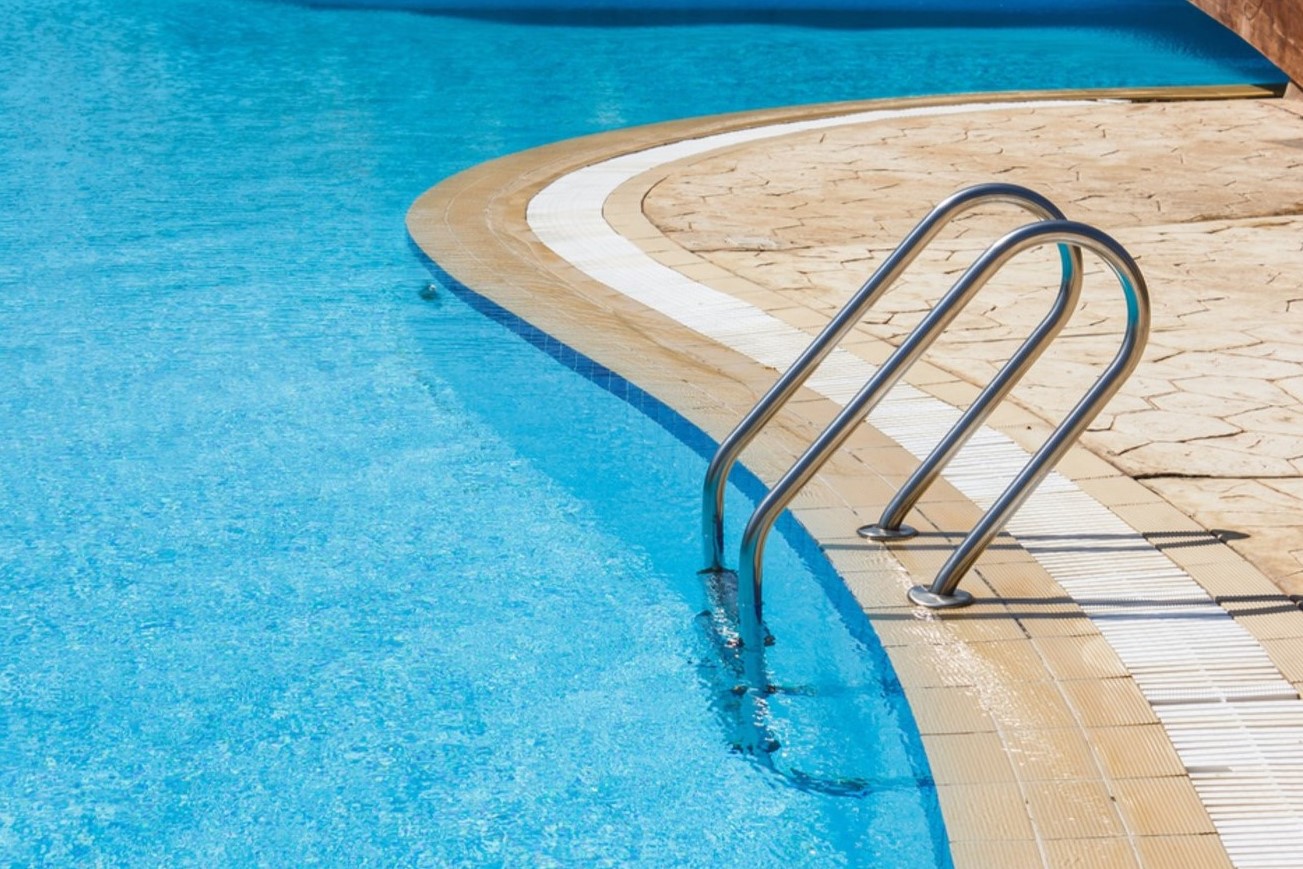

Outdoor Recreation & Activities
What Does Baking Soda Do To A Swimming Pool
Modified: August 16, 2024
Discover the benefits of using baking soda in your swimming pool. Learn how this simple ingredient can help maintain a clean and balanced outdoor recreation and activities space.
(Many of the links in this article redirect to a specific reviewed product. Your purchase of these products through affiliate links helps to generate commission for Storables.com, at no extra cost. Learn more)
Introduction
When it comes to maintaining a clean and balanced swimming pool, pool owners often seek effective and safe solutions. One such solution that has gained popularity is the use of baking soda. Yes, the same baking soda that sits in your kitchen pantry can play a crucial role in enhancing the quality of your swimming pool water.
Baking soda, also known as sodium bicarbonate, is a versatile household product with a wide range of applications. In the context of swimming pool maintenance, it serves as a natural and budget-friendly alternative to commercial pool chemicals. Its ability to stabilize pH levels and alkalinity makes it a valuable asset in the quest for pristine pool water.
In this comprehensive guide, we will delve into the various aspects of using baking soda in a swimming pool. From understanding its chemical properties to exploring the benefits and practical application, this article aims to equip pool owners with the knowledge needed to make informed decisions about pool maintenance.
As we embark on this exploration, it's important to note that the use of baking soda in a swimming pool is not a mere trend or fad. Rather, it is rooted in the principles of chemistry and practicality. By harnessing the power of this humble yet effective substance, pool enthusiasts can achieve a harmonious balance in their pool water, creating an inviting and enjoyable swimming environment for all.
So, let's unravel the mysteries of baking soda and discover how it can transform the way you maintain your swimming pool. Whether you're a seasoned pool owner or a newcomer to the world of pool care, this guide will shed light on the potential of baking soda as a game-changer in pool maintenance.
Key Takeaways:
- Baking soda stabilizes pH and alkalinity in pools, creating a safe and inviting environment for swimmers. It’s cost-effective, eco-friendly, and easy to use, making pool maintenance hassle-free and enjoyable.
- Adding baking soda to pool water regulates pH and alkalinity, prevents corrosion, and minimizes skin irritation. By following simple steps and precautions, pool owners can achieve balanced and sustainable pool water for a delightful swimming experience.
Read more: What Does Swimming Pool Clarifier Do
Understanding Baking Soda
Baking soda, scientifically known as sodium bicarbonate, is a white crystalline powder with a multitude of applications, ranging from culinary uses to household cleaning and personal care. Chemically, it is classified as a salt and is composed of sodium cations and bicarbonate anions. This simple yet versatile compound has garnered attention for its role in maintaining the pH and alkalinity levels in swimming pools.
In the context of pool maintenance, understanding the chemical properties of baking soda is crucial. When added to pool water, baking soda acts as a buffer, helping to stabilize the pH levels. pH measures the acidity or basicity of a substance on a scale of 0 to 14, with 7 being neutral. For a swimming pool, the ideal pH range falls between 7.4 and 7.6, as this range is conducive to swimmer comfort and the effectiveness of other pool chemicals.
Furthermore, baking soda also contributes to the total alkalinity of pool water. Alkalinity refers to the water's ability to resist changes in pH, thereby serving as a crucial factor in maintaining a stable and balanced pool environment. By raising the total alkalinity, baking soda helps prevent rapid fluctuations in pH, which can lead to corrosion of pool surfaces and equipment, as well as cause skin and eye irritation in swimmers.
In addition to its role in pH and alkalinity regulation, baking soda is lauded for its non-toxic and environmentally friendly nature. Unlike certain commercial pool chemicals that may contain harsh or corrosive ingredients, baking soda offers a safer alternative for pool maintenance. This is particularly appealing to pool owners who prioritize sustainability and the well-being of swimmers and the environment.
Overall, the chemical composition and properties of baking soda make it a valuable asset in the realm of swimming pool maintenance. Its ability to stabilize pH, regulate alkalinity, and do so in a safe and eco-friendly manner positions it as a compelling choice for pool enthusiasts seeking a natural and effective solution for water balance and clarity.
Benefits of Using Baking Soda in a Swimming Pool
Using baking soda in a swimming pool offers a myriad of benefits that contribute to the overall quality and maintenance of the pool water. Let's explore the advantages of incorporating this household staple into your pool care routine.
-
pH Regulation: Baking soda serves as a reliable pH buffer, helping to maintain the optimal pH range for pool water. By stabilizing the acidity levels, it creates a comfortable and safe environment for swimmers while enhancing the effectiveness of other pool chemicals.
-
Alkalinity Management: The addition of baking soda contributes to the total alkalinity of the pool water, which is essential for preventing rapid pH fluctuations. This, in turn, safeguards the pool surfaces and equipment from corrosion and minimizes the risk of skin and eye irritation in swimmers.
-
Cost-Effective Solution: Compared to commercial alkalinity increasers, baking soda presents a budget-friendly alternative for maintaining alkalinity levels in the pool. Its affordability makes it an attractive option for pool owners seeking effective yet economical pool maintenance solutions.
-
Environmentally Friendly: Baking soda is a natural and non-toxic substance, making it an environmentally friendly choice for pool maintenance. Its gentle impact on the environment aligns with the growing emphasis on sustainable and eco-conscious practices in pool care.
-
Versatility: Beyond its role in water balance, baking soda can also be used for cleaning pool surfaces and removing stains. Its versatility extends its utility beyond water chemistry, adding to its appeal as a multi-functional pool maintenance tool.
-
Safe for Swimmers: Unlike certain commercial pool chemicals that may contain harsh or corrosive ingredients, baking soda poses minimal risk to swimmers. Its gentle nature makes it a preferred option for pool owners who prioritize the safety and well-being of those who enjoy the pool.
-
Ease of Application: Incorporating baking soda into pool maintenance is a straightforward process, making it accessible to pool owners of varying experience levels. Its ease of application contributes to a hassle-free pool care routine.
By leveraging these benefits, pool owners can harness the power of baking soda to achieve balanced, clear, and inviting pool water while promoting a sustainable and swimmer-friendly pool environment.
How to Use Baking Soda in a Swimming Pool
Integrating baking soda into your swimming pool maintenance regimen is a straightforward process that can yield significant improvements in water quality. Here's a step-by-step guide on how to effectively use baking soda in your swimming pool:
-
Determine the Alkalinity Level: Before adding baking soda to your pool, it's essential to test the water's total alkalinity using a reliable pool water testing kit. The ideal total alkalinity range for pool water typically falls between 80 and 120 parts per million (ppm). This initial measurement serves as a baseline for determining the appropriate amount of baking soda needed to achieve the desired alkalinity level.
-
Calculate the Required Quantity: Once the current alkalinity level is established, calculate the amount of baking soda needed to raise the total alkalinity to the recommended range. A general guideline is to add 1.5 pounds of baking soda per 10,000 gallons of water to increase the total alkalinity by 10 ppm. However, it's crucial to refer to specific product instructions and consult with pool maintenance professionals for precise dosage recommendations based on your pool's size and current water chemistry.
-
Distribute Baking Soda Evenly: With the calculated quantity of baking soda in hand, distribute it evenly across the pool surface. It's advisable to pre-dissolve the baking soda in a bucket of water to facilitate even dispersion and prevent clumping. This can be achieved by slowly pouring the dissolved baking soda mixture around the perimeter of the pool while the pump and filter system are running. This ensures thorough mixing and distribution of the baking soda throughout the water.
-
Monitor and Test: After adding baking soda to the pool, allow the water to circulate for several hours to facilitate proper mixing and dispersion. Subsequently, retest the total alkalinity to gauge the impact of the baking soda addition. This step is crucial for assessing the effectiveness of the treatment and making any necessary adjustments to achieve the desired alkalinity level.
-
Repeat as Needed: Depending on the initial alkalinity level and the desired target range, it may be necessary to repeat the process of adding baking soda and testing the water multiple times. Regular monitoring and adjustment of the total alkalinity ensure that the pool water remains within the optimal range, promoting water clarity and swimmer comfort.
By following these guidelines, pool owners can effectively incorporate baking soda into their pool maintenance routine, harnessing its alkalinity-boosting properties to achieve balanced and inviting pool water.
Precautions and Considerations
When utilizing baking soda for swimming pool maintenance, it is essential to consider certain precautions and factors to ensure the optimal and safe use of this versatile substance.
Read more: What To Do In The Swimming Pool
1. Accurate Measurement:
Accurately measuring the current alkalinity level of the pool water is crucial before adding baking soda. This measurement serves as the foundation for determining the precise quantity of baking soda required to achieve the desired total alkalinity. Utilizing a reliable pool water testing kit is imperative for obtaining accurate and actionable alkalinity readings.
2. Gradual Adjustment:
While baking soda is effective in raising total alkalinity, it is advisable to introduce it gradually into the pool water. Incremental additions allow for better control over the alkalinity levels and minimize the risk of overcorrection, which can lead to imbalanced water chemistry.
3. Proper Dissolution:
To ensure even distribution and prevent clumping, it is recommended to dissolve baking soda in a bucket of water before adding it to the pool. This pre-dissolution step facilitates seamless mixing and dispersion, preventing localized accumulation of baking soda in the water.
4. Monitoring and Testing:
Regular monitoring and testing of the pool water's alkalinity levels after adding baking soda are essential. This ongoing assessment enables pool owners to gauge the impact of the treatment and make any necessary adjustments to maintain the total alkalinity within the recommended range.
5. Consultation and Expert Advice:
In cases where significant adjustments to the pool's alkalinity levels are required, seeking guidance from pool maintenance professionals or experts is advisable. Their expertise can provide valuable insights into the precise dosage and application of baking soda based on the specific characteristics of the pool and its water chemistry.
6. Compatibility with Other Chemicals:
Pool owners should be mindful of the compatibility of baking soda with other pool chemicals. Understanding how baking soda interacts with chlorine, pH adjusters, and other pool treatments is essential to avoid potential chemical reactions that may compromise water quality or equipment integrity.
7. Storage and Handling:
When storing baking soda for pool maintenance, it should be kept in a cool, dry place away from direct sunlight and moisture. Proper storage helps maintain the integrity and effectiveness of the baking soda, ensuring its optimal performance when added to the pool water.
By adhering to these precautions and considerations, pool owners can harness the benefits of baking soda while maintaining a vigilant and informed approach to pool water balance and clarity. These measures contribute to a safe, enjoyable, and sustainable pool environment for swimmers while optimizing the effectiveness of baking soda as a natural pool maintenance solution.
Conclusion
In conclusion, the utilization of baking soda in swimming pool maintenance represents a harmonious fusion of practicality, effectiveness, and sustainability. By understanding the chemical properties of baking soda and its role in regulating pH and alkalinity, pool owners can leverage this household staple to achieve balanced and inviting pool water. The benefits of using baking soda, ranging from cost-effectiveness and environmental friendliness to its versatility and safety for swimmers, underscore its significance as a natural and reliable pool maintenance solution.
The step-by-step approach to incorporating baking soda into pool care routines provides a clear roadmap for pool owners to follow, ensuring that the addition of baking soda is executed with precision and efficacy. From accurate measurement and gradual adjustment to proper dissolution and ongoing monitoring, these guidelines empower pool owners to harness the alkalinity-boosting properties of baking soda while maintaining control over water chemistry.
Moreover, the precautions and considerations outlined serve as a safeguard, guiding pool owners in the prudent and informed use of baking soda. By emphasizing accurate measurement, gradual adjustment, proper dissolution, ongoing monitoring, consultation with experts, chemical compatibility awareness, and proper storage, these measures contribute to a holistic approach to utilizing baking soda in pool maintenance.
Ultimately, the integration of baking soda into swimming pool maintenance transcends mere water chemistry adjustments. It embodies a conscientious choice that resonates with the growing emphasis on sustainability, safety, and practicality in pool care. As pool owners embrace the potential of baking soda, they not only enhance the quality of their pool water but also contribute to a more eco-conscious and swimmer-friendly pool environment.
In essence, the journey of exploring the role of baking soda in swimming pool maintenance unveils a narrative of empowerment and responsibility. It empowers pool owners with the knowledge and tools to transform their pool maintenance practices while instilling a sense of responsibility in nurturing a balanced, clear, and sustainable pool environment. By embracing baking soda as a natural ally in pool care, pool owners embark on a path that harmonizes the principles of chemistry, practicality, and environmental mindfulness, ultimately enriching the swimming experience for all.
Frequently Asked Questions about What Does Baking Soda Do To A Swimming Pool
Was this page helpful?
At Storables.com, we guarantee accurate and reliable information. Our content, validated by Expert Board Contributors, is crafted following stringent Editorial Policies. We're committed to providing you with well-researched, expert-backed insights for all your informational needs.
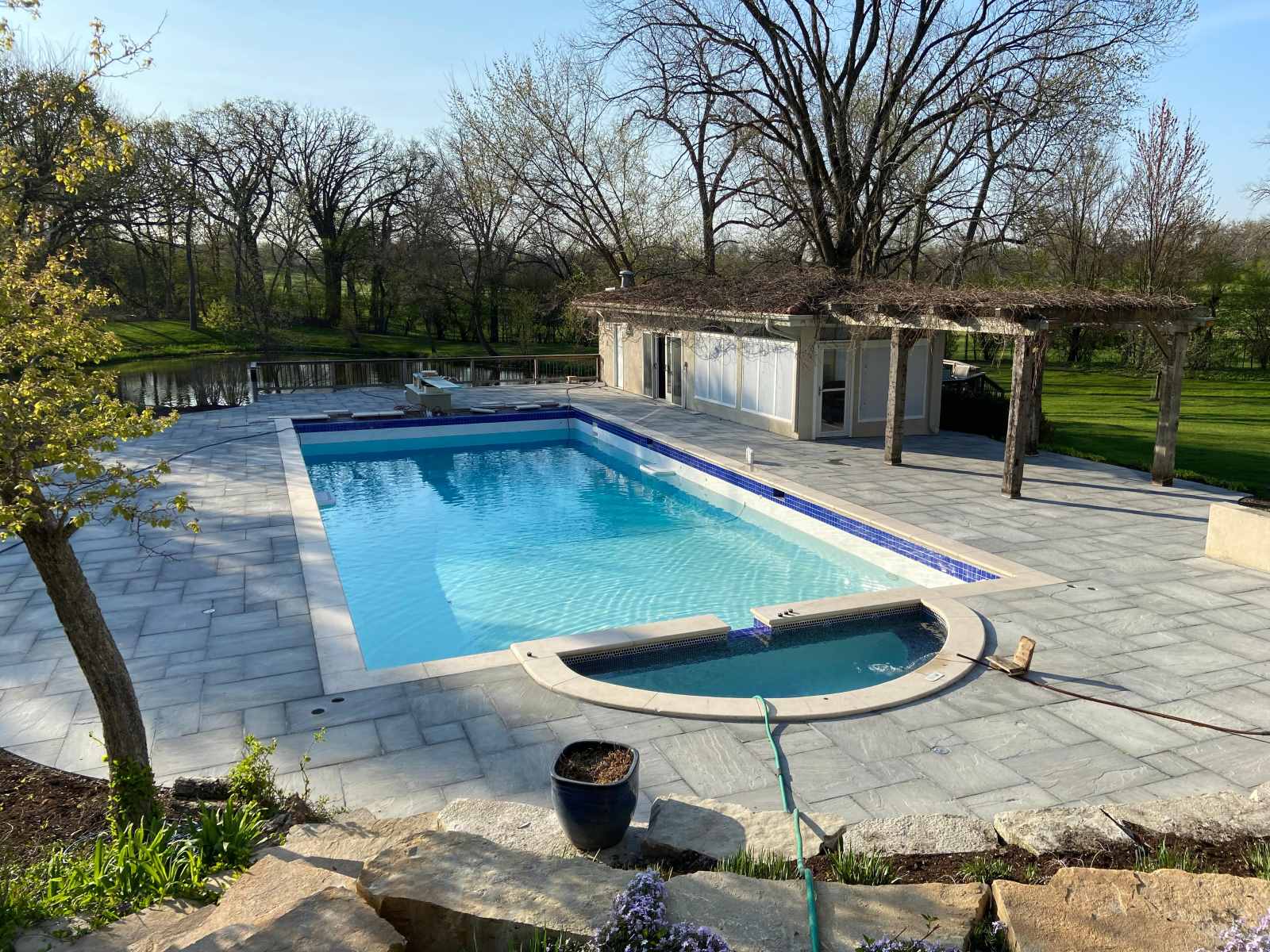

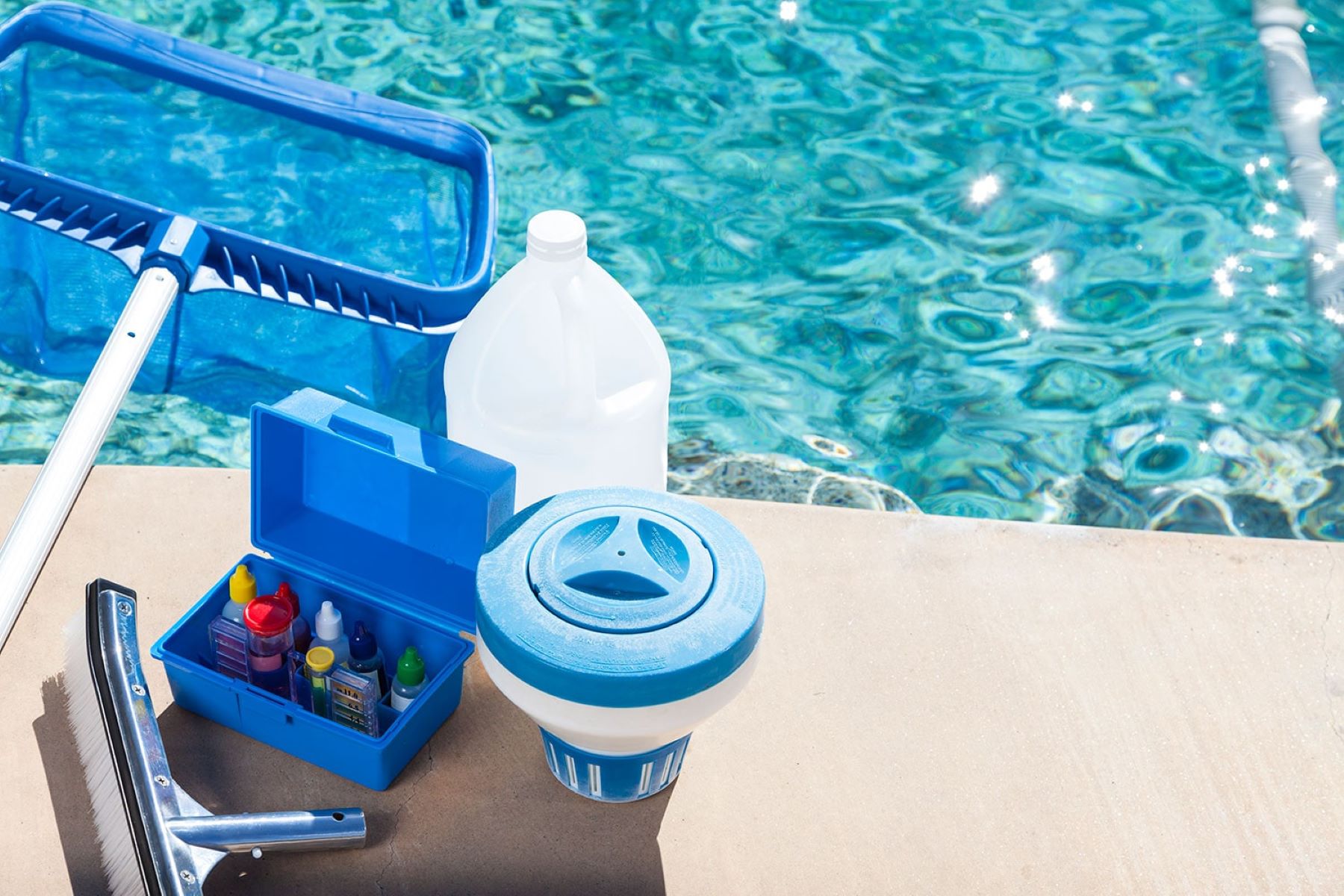

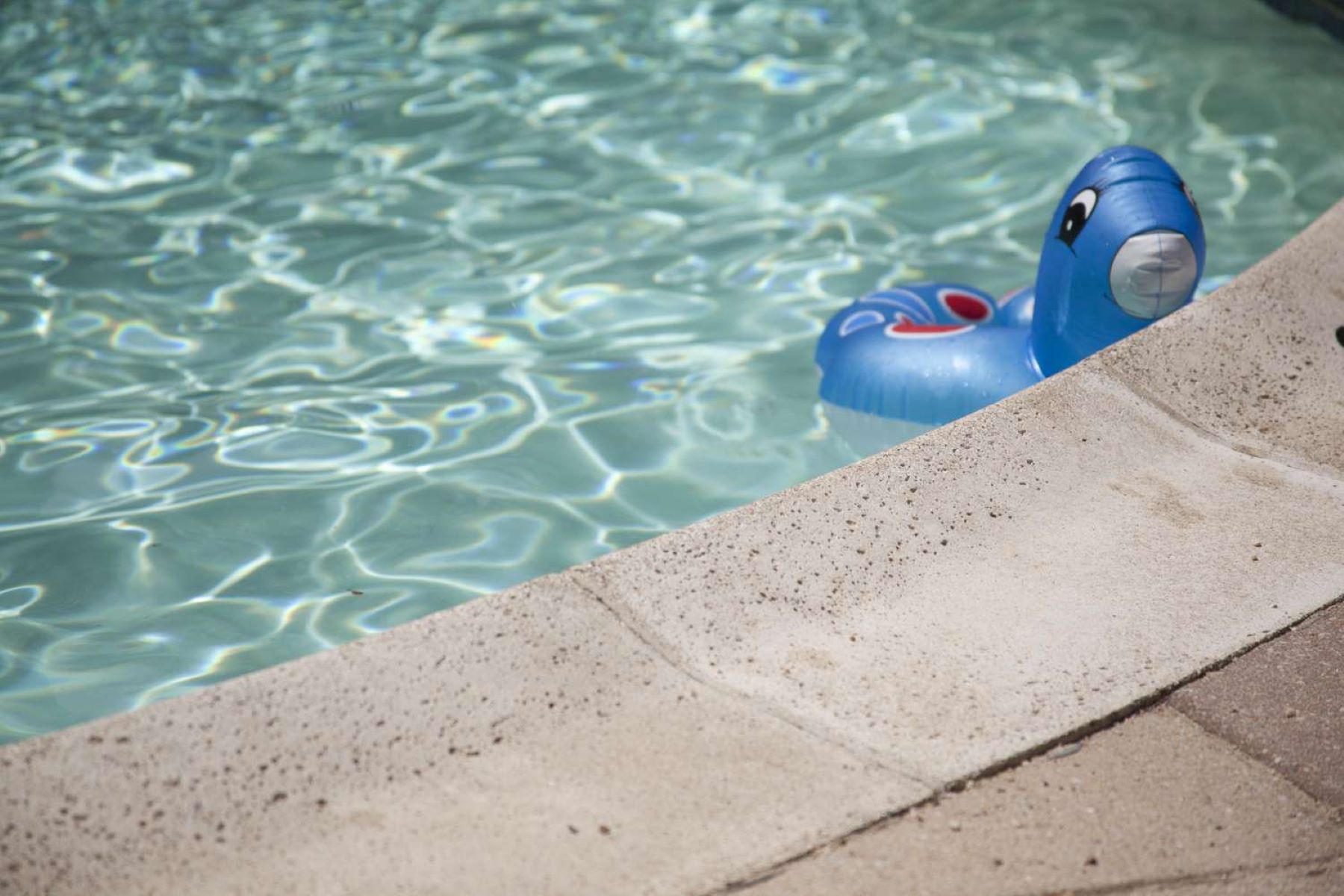
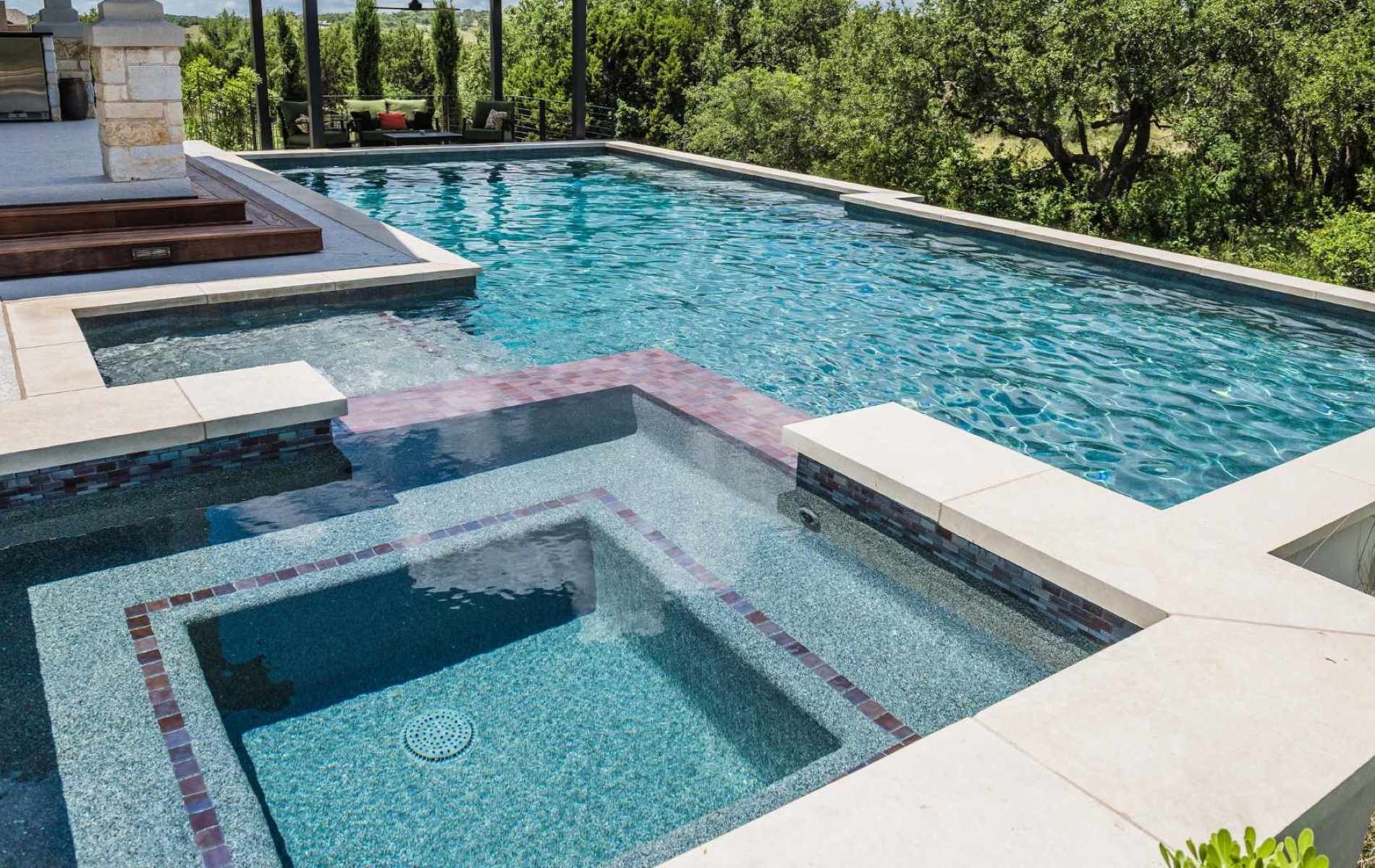
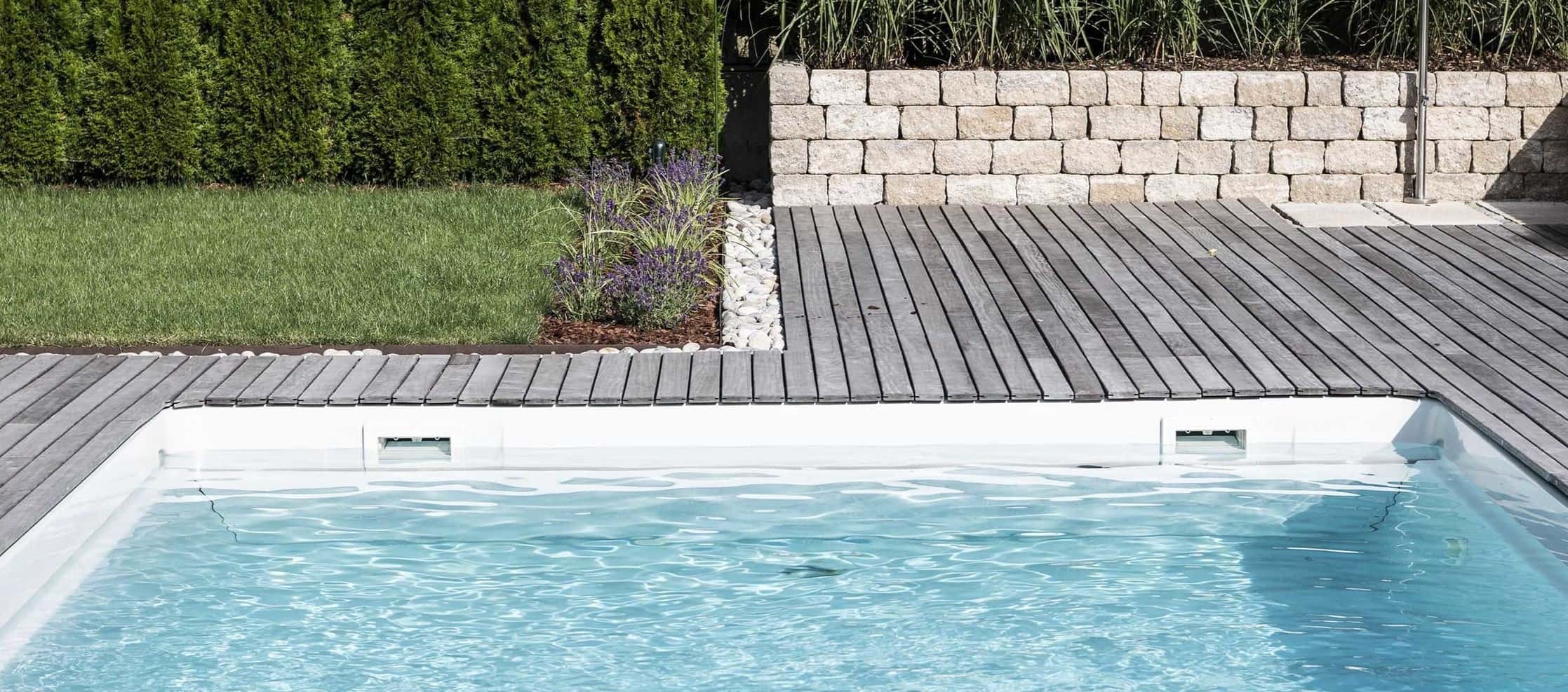
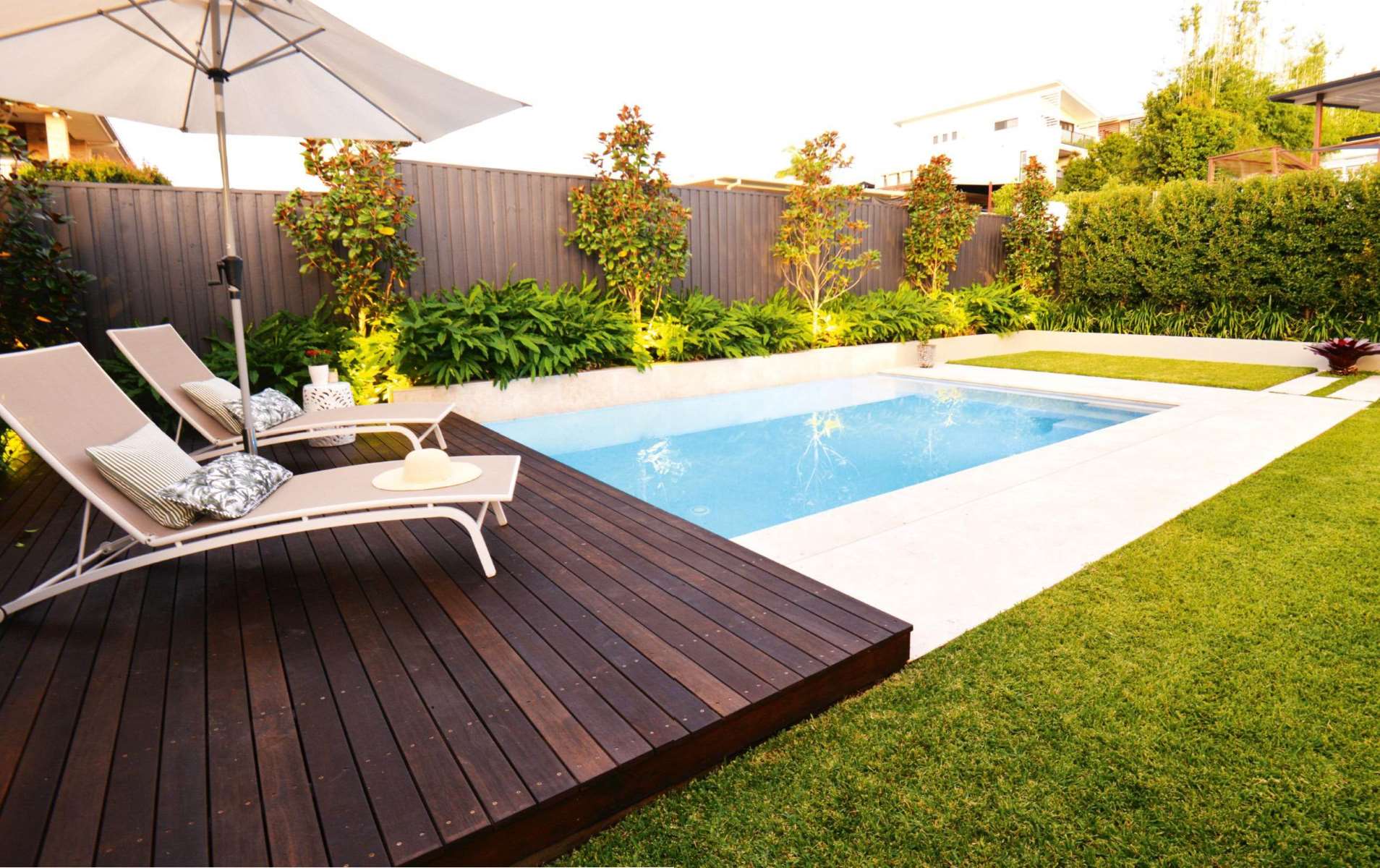


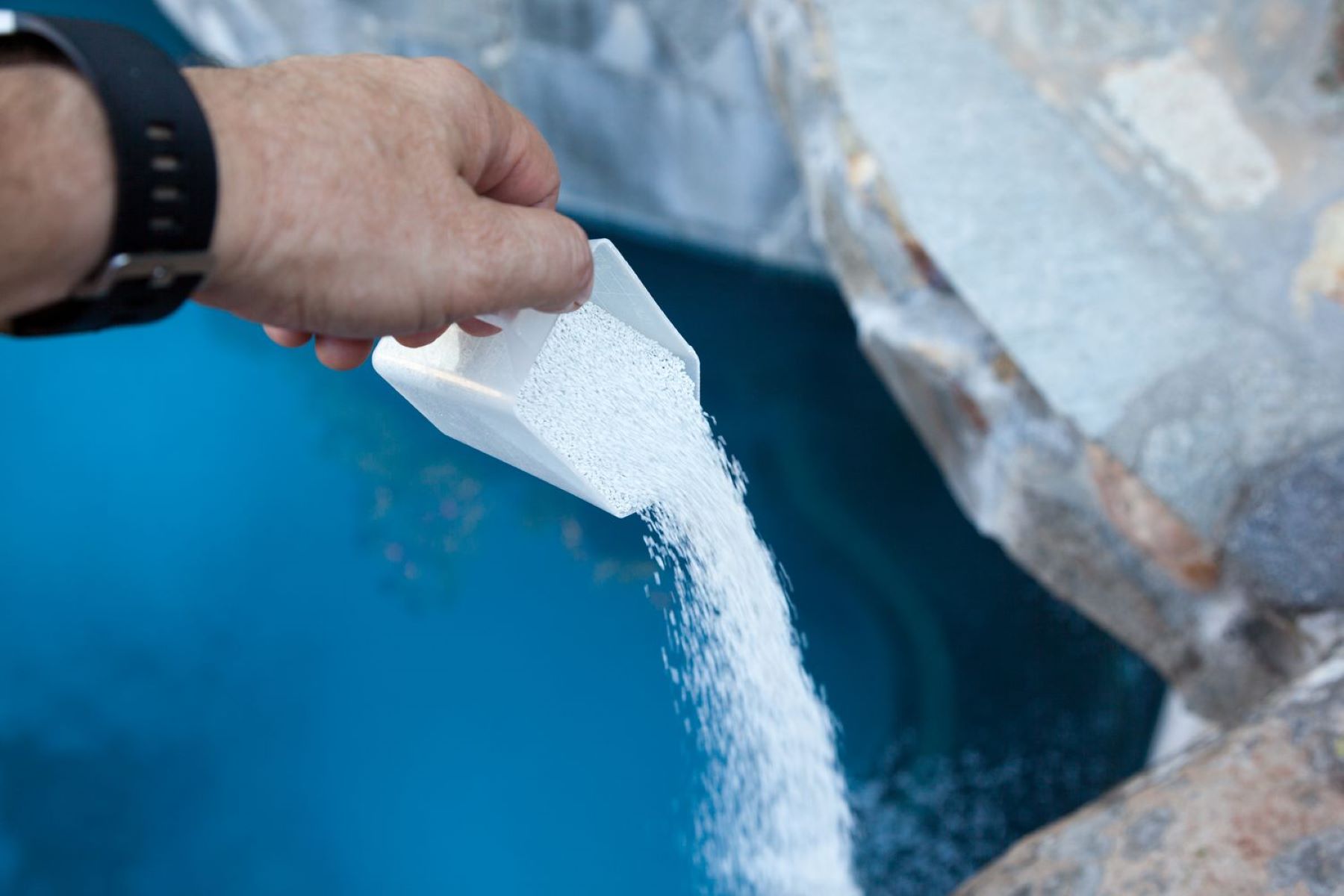
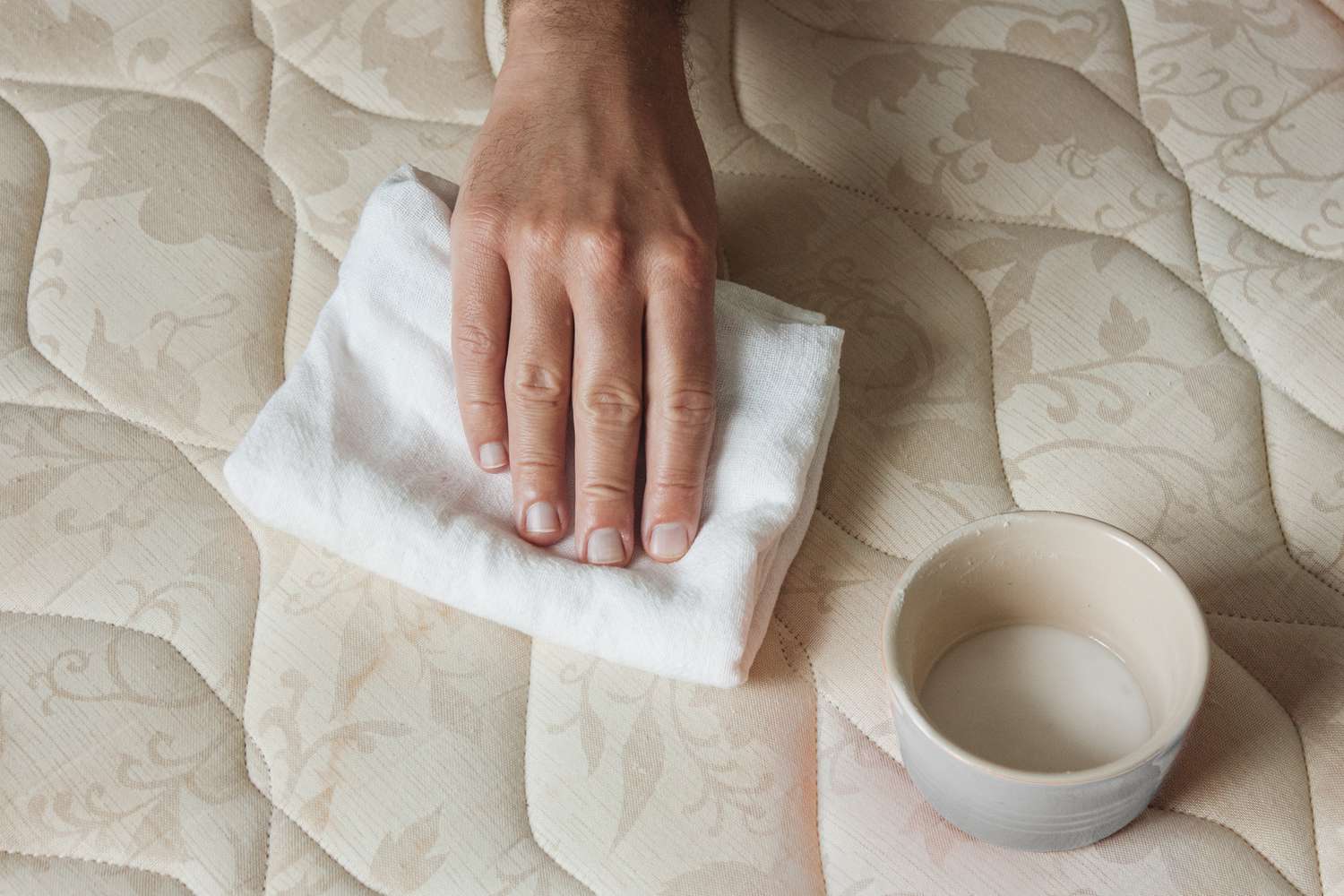
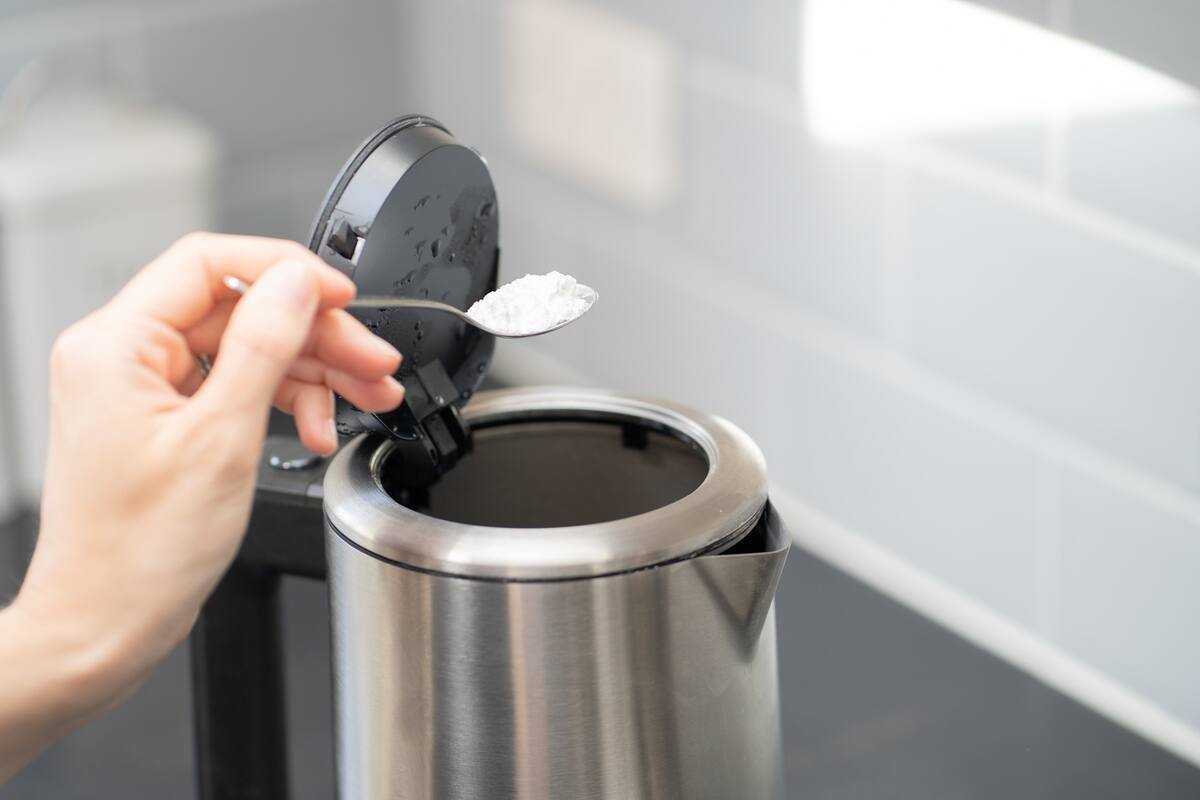

0 thoughts on “What Does Baking Soda Do To A Swimming Pool”